K.K. Mahajan
Nascimento : 1944-10-02, Gurdaspur, Punjab, India
Morte : 2017-07-13
História
K. K. Mahajan was an Indian cinematographer who was known for his work in Parallel Cinema. In a career that spanned over four decades, he won four National Film Awards. He was best known for his work with filmmakers such as Kumar Shahani, Mani Kaul, Basu Chatterjee and Mrinal Sen.
Starting his career in the late 1960s, Mahajan worked simultaneously in parallel and mainstream films for the next four decades. In all he shot 84 feature films, around 100 commercials and over 20 documentaries and several television serials.
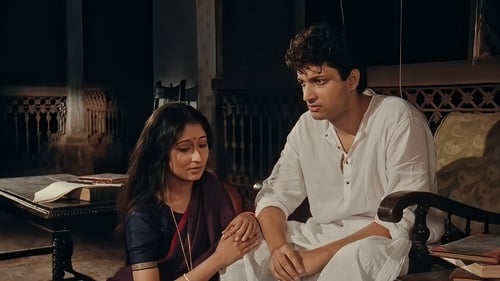
Director of Photography
Set in the Bengali Renaissance of the 1930s and 1940s. A group of young intellectuals get embroiled in the struggle for Indian independence, sometimes at the expense of their personal lives.

Director of Photography
A police commissioner enlists the aid of an eccentric inspector to end a gang war between bitter enemies.

Director of Photography
Inspector Vijay Verma finally manages to capture criminal mastermind Jojo. But Jojo escapes from jail and kills Vijay's friends for revenge, leaving Vijay determined to fulfill a vendetta of his own.
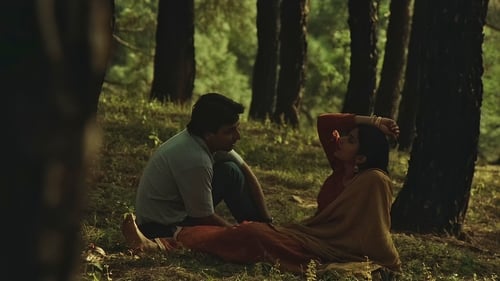
Director of Photography
The story centers around a small town entrepreneur named Maniram who makes a major profit by cheating people and selling them tainted food. His business is run by his daughter-in-law Tejo, who is married to Maniram's mentally challenged younger son. When Maniram's elder son comes back into town to get married, things start to go awry. He runs away from his wife after their marriage night and ends up being arrested in Delhi. The police, with further investigation, start to crack down on Maniram's corrupt business all the while Tejo starts to become mad with power and greed.
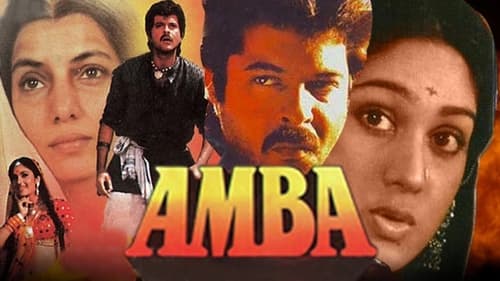
Director of Photography
When Amba gets her son Rajendra arrested for sexually assaulting their servant's daughter, Rajendra's wife wreaks havoc into their lives as she vows to avenge him.

Director of Photography
A music student listens to stories and legends about the birth and evolution of the Khayal form of classical Indian singing. These stories are re-enacted by actors who play several key figures throughout the history of classical music.
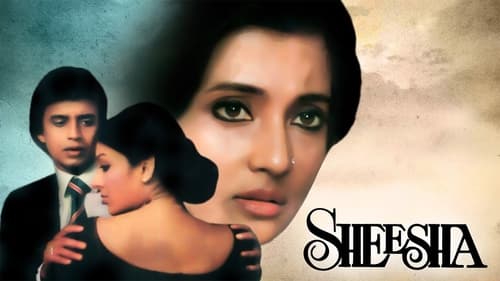
Director of Photography
Dinesh and Maneesha fall in love and, soon after, get married. However, things get complicated for the newly-wed couple as Poonam, Dinesh's colleague files an attempted rape case against him.

Cinematography
After businessman Ram Pratap Singh (Raj Babbar) gives police information pertaining to a journalist's murder, gangster Jagmohan (Danny Denzongpa) goes to prison for the crime. Soon, Singh's life turns upside down when Jagmohan's cohorts begin peppering him with threats. Helped by Inspector Sharma (Suresh Oberoi), he goes into the witness protection program with his wife and child, but the cover may not be enough to keep them safe.

Director of Photography
Rahul, the son-in-law of an old industrialist and one of the heirs to his fortune, clashes with Dinesh, the industrialist’s nephew who is openly unscrupulous. Rahul, on his part, conceals his personal ambition under a cloak of liberalism and encourages indigenous production.

Director of Photography
A pre-teenager servant boy dies of carbon monoxide poisoning on a cold winter night. He was employed by a young working Calcutta couple with a small boy of their own. Taking money from a neighbor's friendly daughter, he slipped away to watch a movie on a cold winter night. Finding his usual sleeping corner below the stairs too cold, he bolts himself inside the kitchen, where a fire was burning. The next morning we witness a powerful discovery scene like on the morning after Macbeth's murder. The door is forced open and we see the commotion in the apartment block which is the stage of the drama. Who is responsible?

Cinematography
Burning with a desire to be a journalist, a young man gets his chance when a publisher -- the father of a friend -- suggests that he write a story on the daily life of the people in his house (several families worth of people). The material turns out to be too incohesive and abundant to work into a pointed, thematic article, and just when he is about to give up, his younger brother asks him a simple question: "How many coal burners are there in Calcutta?" This triggers an idea for a story about Calcutta's pollution -- and the aspiring journalist dreams of myriads of burner-toting citizens invading the publisher's home demanding redress. Maybe he is finally on the way to a story that matters.

Director of Photography
A young, idealistic director arrives in a village to make a picture set during the Great Bengal Famine. It’s a film that he hopes will reveal the problems and privations still current in rural India.

Director of Photography
Orphaned at a very young age, Varsha Oberoi, lives a wealthy lifestyle with her paternal uncle, Jain Oberoi, in Bombay, and has traveled world-wide. She is in love with Vijay, a middle-classed young man, who runs a small furniture store, badly in debt, and lives with his widowed mom, a younger brother, Deepu, and sister, Nanhi, who are very friendly with Varsha. Then Vijay is reunited with his childhood friend, Vikram Chawla, who is welcomed with open arms by the entire family. It is then Vijay's life turns around, he starts getting a lot of orders, gets out of debt, is able to buy a jeep to replace his motorbike, and moves to a comfortable bungalow.
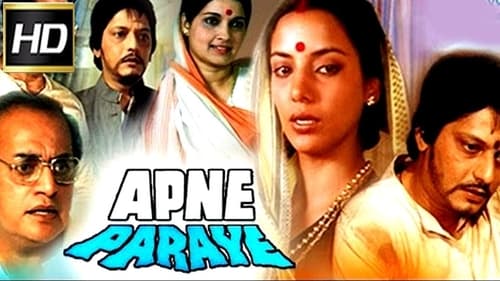
Cinematography
Film about the trials facing a family whose patriarch has squandered money into a series of unwise ventures.

Director of Photography
Kamli belongs to a poor family. She sells datuns for a living. She sells them in local suburban trains as well as on railway platforms. One day she meets a bachelor named Pratap, who would like her to become a lady, and be educated, to which she agrees. She thinks that Pratap is in love with her, little does she know that she is the subject of a bet between Pratap and his friend, Kashinath, who both find her crude, crass, loud, and uncouth, so much so that both doubt that she can be transformed into a lady.

Cinematography
Ratnadeep revolves around a person who was fed up with his job and to get out of that situation, he applied for two months leave. The story follows when on the last day of his job he found the dead body of a man belonged to very rich family and the body resembled him, which brought new adventures in his life.

Cinematography
Director Shah Krishna compiled this compelling documentary of Indian cinema after spending two years searching through film archives from all over the world. Included are films from the turn of the 20th century through the 1970s to illustrate various schools of filmmaking and the historical progression of the art form.
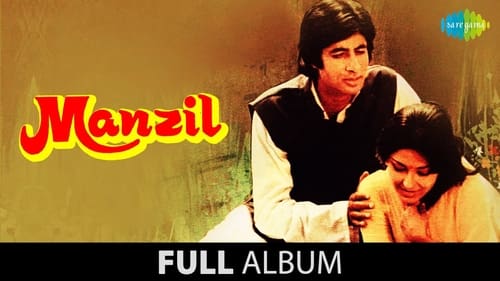
Director of Photography
A man falls for a woman and pretends to be rich in hopes of impressing her and her father. However, when the truth is revealed, her father attempts to separate them.

Director of Photography
Two hapless petty thieves find themselves embroiled in a kidnapping when they decide to break into a house on the very same night that two dim-witted kidnappers plan to abduct the child who lives there.

Director of Photography
Jeetu and Dolly are in love and would like to get married. After seeking Dolly's dad's blessings, they do get married and move in together. They live harmoniously for quite some time, until misunderstandings occur, minor molehills soon become mountains, and they threaten to separate from each other. That done, each goes to their respective lawyers to negotiate a divorce. When Dolly's dad finds out about this, he decides to pay them a visit. Alarmed that he will disapprove of their move to separate, both pretend to live together and show him that they are still in love. But truth has the nasty habit of showing up uninvited, and it will not be long before acrimony breaks out in his presence

Director of Photography
Kamla does his best to protect a young woman who reminds him of his slain sister, but it turns out that she has several surprises in store for him.

Director of Photography
A father living on the fringes of a village believes that working is a fool's errand, for the lord takes what little the workers make. When a young woman enters their home, tensions begin to rise and their idle life is threatened. The film is based on the story ‘Kafan’ by Munshi Premchand

Director of Photography
Saudamini is a pampered girl until she is forced to marry the widower Ghanshyam and move into his large household. Saudamini cannot cope with her husband's overbearing and greedy stepmother and pines after the man she really loved and had to abandon, Narendra.

Director of Photography
A British administrator with a flair for game hunting develops a friendship with a commoner who is an expert archer in an Indian village. The movie portrays the relationship between the British colonialists, and native villagers who were exploited by Indian landlords in 1920s India. This happens against the backdrop of the awakening of the Indian people against the British rule.

Director of Photography
A police officer goes undercover to catch a wealthy and reputable person, who is involved in criminal activities.
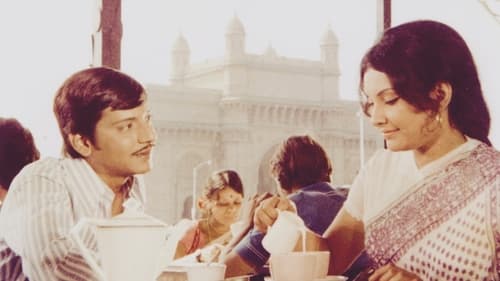
Cinematography
Arun is a shy accountant in Bombay who dreams of romancing Prabh, but never gets past following her around without managing to actually speak up. While Arun twiddles his thumbs, suave Nagesh steps into the picture and turns on the heat, prompting Arun to take "love coaching" from "romance specialist" Julius Nagendranath to win Prabha back.

Director of Photography
Geeta ends up with two suitors after her father goes to bring home a prospective groom and mistakenly picks up the wrong man.

Director of Photography
A Delhi-based woman in a steady relationship with her boyfriend is forced to come to terms with her true feelings when a job interview in Mumbai brings an old flame back in her life.

Director of Photography
A small company advertises for 100 vacancies and 30,000 apply. The applicants are all from the ranks of the poor and there is a virtual riot. Everyone around is seeking for opportunities. Among them are the applicants who desperately need the job, the photographer who is busy seeking a scoop, the village moneylender who is busy exploiting the poor, the ineffective police, the employers who are advertising posts even while a six month old strike has nearly caused the workmen to become destitute. It is a story of society captured in a tiny framework of a small business. Ultimately, the workmen, the unemployed and the farmers all get to gether to protest against this exploitation.

Director of Photography
A political activist escapes the prison van and is sheltered in a posh apartment owned by a sensitive young woman. Both are rebels: the activist against political treachery and the other on social level. Both are bitter about badly organized state of things. Being in solitary confinement, the fugitive engages himself in self-criticism and, in the process, questions the leadership. Questions are not allowed, obeying that is mandatory. Displeasure leads to bitterness, bitterness to total rift. The struggle has to continue, both for the political activist, now segregated, and the woman in exile.

Director of Photography
The spirit of a condemned 20-year-old student wanders through time, linking together four stories of people struggling for survival in this gritty meditation on poverty, natural disaster and political strife in India. A middle-class family's home is no match for the monsoons, while another clan's morality is compromised when famine strikes. Young boys smuggle rice, and politicians pity the poor while living in the lap of luxury.

Director of Photography
Ranjit is a young man who has been assured a lucrative job. All he has to do is turn up for the interview dressed in a western style suit, but all the city laundries are on strike that morning, and his only suit is dirty.

Cinematography
Ek Adhuri Kahani is 1972 Hindi language movie directed by Mrinal Sen, starring Utpal Dutt, Shekhar Chatterjee, Vivek Chatterjee, Aarti Bhattacharya, Shyam and Shobha Sen. It was based on a Bengali story, Gotrantar by Subodh Ghosh.

Director of Photography
A literary film based on a play in three acts, Ashad Ka Ek Din portrays the love of Mallika and Kalidasa, the renowned Sanskrit poet and dramatist. Vilom, a friend to both and interested in Mallika, is a passive onlooker for the first two acts. Kalidasa leaves his verdant mountain valley home for the splendour of far off Ujjain, where he wins fame. The action of the film is rooted in the village to which Kalidasa returns years later and finds Mallika married to Vilom and the mother of his child. Mallika sacrificed her love so that the poet could pursue his muse.
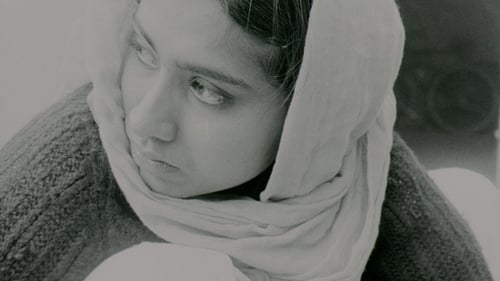
Director of Photography
The film depicts the life of a truck driver Sucha Singh and his wife Balo. Balo has to get Sucha Singh's food ready every day, walk a long distance through the fields and wait for him on the highway as he drives past the village. He leads an independent life, playing cards with his friends and spending time with his mistress, and comes home only once a week. However, he expects his wife to play the traditional role of a devoted wife. One day Balo gets late, trying to save her sister from the advances of a lecherous villager. Sucha Singh is angry, and drives away without his food. She decides to wait for him until nightfall.
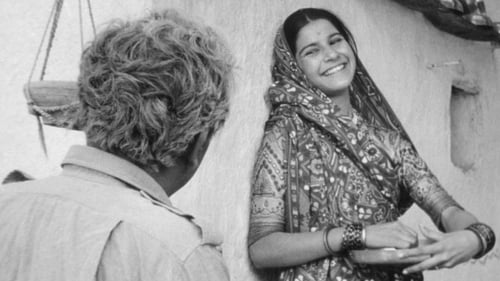
Director of Photography
Bhuvan Shome is a lonely widower, a proud old man and a strict disciplinarian. Looking back on the trodden path, strewn with staunch determination and drab attitudes, Bhuvan Shome, a throughtly unenchanted man, seeks escape in a holiday.

Cinematography
The film shows the role of school teachers and the importance thereof.






















